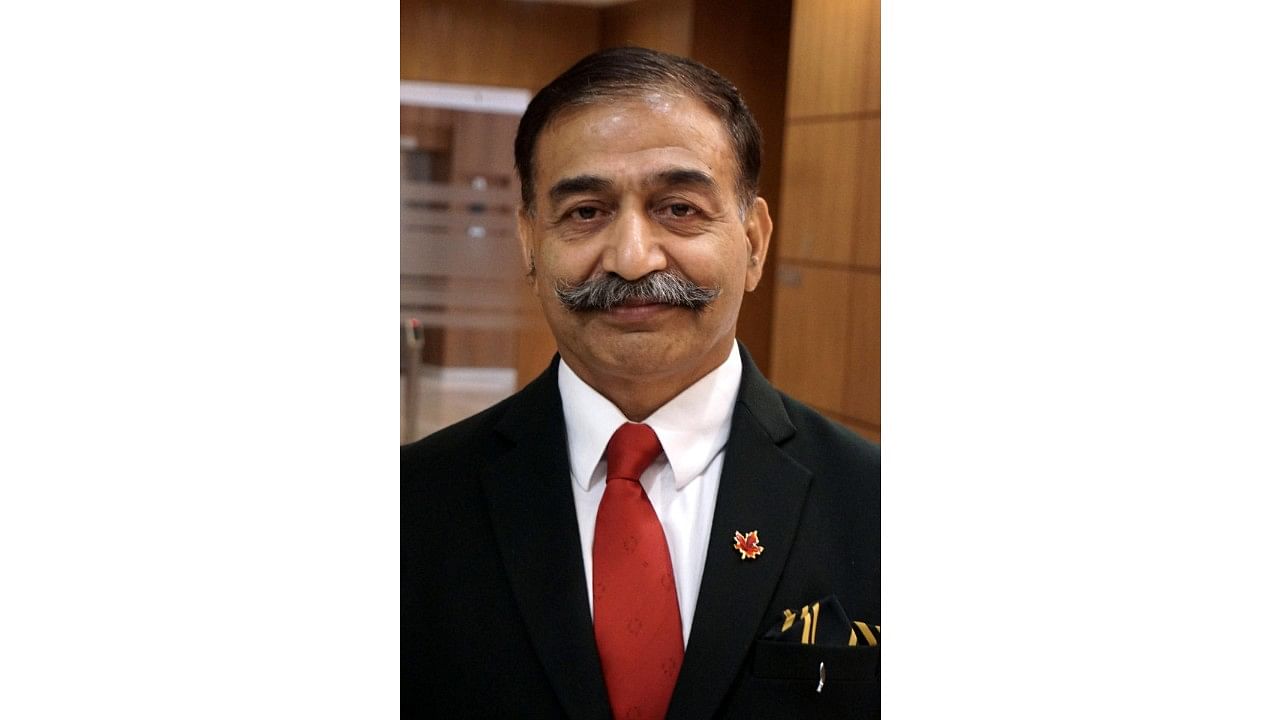
A week after the central government’s announcement of the Agnipath scheme to recruit youngsters into the Army, Air Force and Navy for a four-year ‘tour of duty’, the protests against it are still raging. Following large-scale violence in several states, the Union government has come out with several modifications, opening up more job and skill development opportunities for the 75% of the ‘Agniveers’ who would be released at the end of a four-year service period. The government, however, asserted that it would not roll back the scheme and that all future recruitment to the armed forces would happen through the Agnipath programme. Lt Gen A K Bhatt (retd), a former Military Secretary responsible for HR management of the officers and a former Director General of Military Operations, spoke to DH’s Kalyan Ray on the pros and cons of the new scheme. Excerpts:
What do you think is wrong with the Agnipath scheme, against which the youth are protesting all over the country?
There is nothing wrong with the scheme. It is a forward-looking and transformative proposal. The protests seem to be based on lack of information, instigation by some elements and, most importantly, due to the overall bleak job opportunities (scenario), which has worsened post-Covid-19. For the youth, there are two main concerns. One, they have been waiting for recruitment and in the process became over-aged and ineligible; and secondly, the prospects for the balance 75% Agniveers (who would not be absorbed into the armed forces after the four-year tenure). These two factors have aggravated emotions.
Do you think six months of training is adequate for troops? Can you compare it with the existing training modules?
The present training is of a longer duration. However, focus and modification can make the proposed six-month training adequate. Also, absorbing young men would offset requirement of longer training for technical units.
Is it a good idea to release the Agniveers after four years? They would be released at a time when they are getting settled as professional soldiers.
Releasing the Agniveers after four years is primarily aimed at giving these youth opportunities to settle down in civilian life, while they are still young. But it does affect the availability of trained people for the forces. My view is that the period could have been increased to seven years.
What do you think are the ways to modify the scheme to everyone’s satisfaction?
I believe we could increase the service tenure to seven years. Also, the government should have chalked out a detailed resettlement plan post their tour of duty. 10% reservation in the Central Armed Police Forces and Coast Guard are positive announcements, but more could have been done.
Most importantly, there is a need to ensure that the ratio of Agniveers to regulars does not cross 40:60, in favour of the regulars in any unit. Moreover, there is a need to ensure a balance between youth and troops experienced in fighting, the latter being more important.
Are there similar systems in other countries? How are other countries lowering the age profile of their battle fighting units?
The US has a four-plus-four years programme for the Marines. The UK has a model of serving a minimum of four years, and pensionable service after serving for 12 years.
Should the scheme be tried on a pilot scale first rather than going for nation-wide implementation?
In effect, it is a pilot project for the first five years -- provided a review is carried out thereafter. The scheme, as it is being implemented with around 40,000-plus intake per year (in the initial years), translates to absorption of only 30 men at the unit level. Approximately 150 men would be recruited for an 800-man unit (a battalion) over the next five years. The government should be open to course correction after five years while reviewing the challenges that it faced.
Is it going to impact the regiment system as alleged by many?
The Agnipath scheme will adversely affect the regimental system in the long run. This needs to be balanced as the regimental system in fighting arms is a time-tested and successful system. Currently, recruitment in the Army happens on the basis of “recruitable male population” from a certain state. For instance, Kumaon or Garhwal regiments have the majority of troops from the hills, while Punjab regiments will have Punjabis and Dogras. Since under the Agnipath system, recruitment will happen from all over the country, the region-specific regiments will also be having people from other parts of the country. While a certain percentage of people from other regions may be inducted in the regiments, the government should not tinker with the basic integrity of the regimental system.
Is there a need to re-look at the 25% absorption figure and to increase the cut-off age for intake?
The cut-off age has been increased by two years for the first batch. This is a positive step. The percentage of Agniveer induction will have to be increased slowly if the 50:50 ratio of Agniveers and regulars has to be maintained in units. But ideally, the ratio should be 40:60, tilting a bit in favour of the experienced soldiers.
